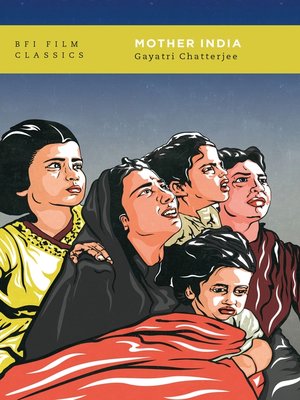
Sign up to save your library
With an OverDrive account, you can save your favorite libraries for at-a-glance information about availability. Find out more about OverDrive accounts.
Find this title in Libby, the library reading app by OverDrive.



Search for a digital library with this title
Title found at these libraries:
| Library Name | Distance |
|---|---|
| Loading... |
Mehboob Khan's 1957 epic family drama Mother India, starring movie legends Nargis, Sunil Dutt and Rajendra Kumar, is a cornerstone of Indian cinema.
In her insightful study of this classic, Gayatri Chatterjee draws on new research in the Mehboob studio archive to outline the film's eventful production history, the ambitious vision of its director, and the performances of its stars. Rooted both in Hindu mythology and in the collective experience of a newly-independent nation-state on the brink of industrialisation and social change, this family melodrama inexorably towards tragedy and renewal. Chatterjee's careful analysis reflects the film's vibrancy and passion and illuminates its many aspects - performance styles, reception and reputation, mythological underpinnings, its relationship to India's post-Independence culture and politics, and its many references to the history of a country in transition.
In her foreword to this new edition, the author reflects upon the film's impact at the time of its release, and its continuing resonance for audiences in many different countries around the world.
In her insightful study of this classic, Gayatri Chatterjee draws on new research in the Mehboob studio archive to outline the film's eventful production history, the ambitious vision of its director, and the performances of its stars. Rooted both in Hindu mythology and in the collective experience of a newly-independent nation-state on the brink of industrialisation and social change, this family melodrama inexorably towards tragedy and renewal. Chatterjee's careful analysis reflects the film's vibrancy and passion and illuminates its many aspects - performance styles, reception and reputation, mythological underpinnings, its relationship to India's post-Independence culture and politics, and its many references to the history of a country in transition.
In her foreword to this new edition, the author reflects upon the film's impact at the time of its release, and its continuing resonance for audiences in many different countries around the world.







